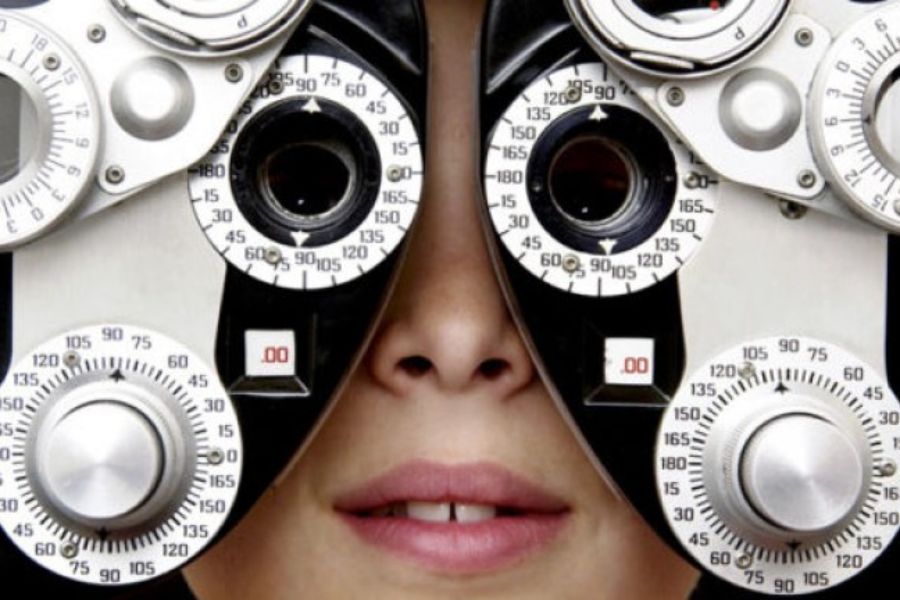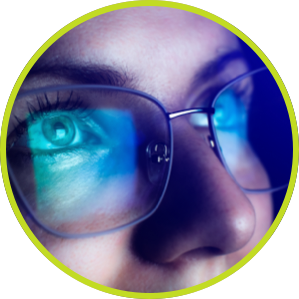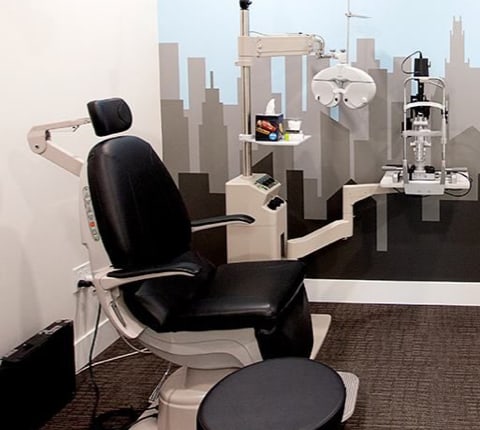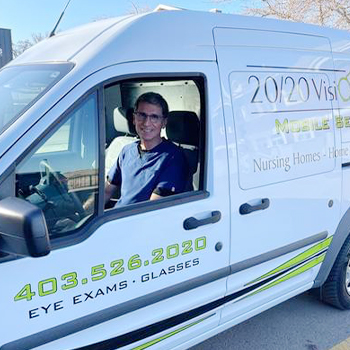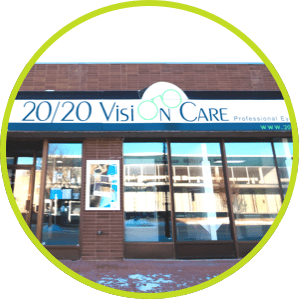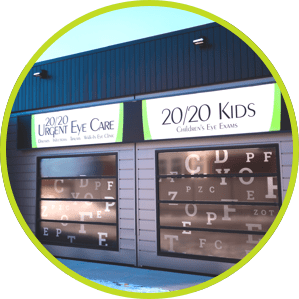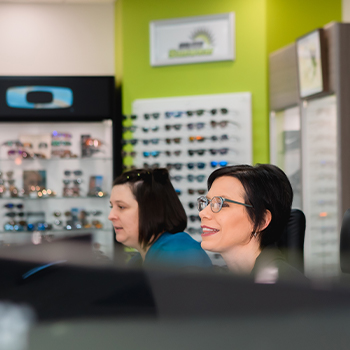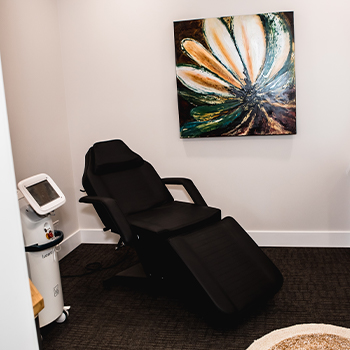There are three types of eye care professionals and they all start with the letter “O”. Aside from causing confusion at times, it also frequently prompts the question: “What’s the difference?” Here are some of the differences between the three professionals.
Optician
Total schooling: 2 years
An optician is not an eye doctor, but they are an important part of the eye care team. They use prescriptions written by an optometrist or an ophthalmologist to fit and sell glasses. Our opticians have undergone 2 years of specialized training before becoming a registered opticians. Although they cannot write glasses or contact lens prescriptions, they are experts at fitting, adjusting and repairing glasses. Our opticians are the best people to talk to about differences in frame and lens materials, lens coatings and different types of lens design.
Ophthalmologist
Total schooling: 13 years
An ophthalmologist is an eye doctor who completes medical school first and then goes on to specialize in eye care. Ophthalmologists perform eye surgeries and manage difficult eye diseases. Within ophthalmology, there are also subspecialties such as retinal surgeons, cataract and LASIK surgeons, cosmetic surgeons and so forth. All ophthalmologists can write glasses and contact lens prescriptions. However, because of their expertise in specific areas, they often choose not to determine glasses prescriptions in order to dedicate more time to the medical eye care of their patients.
Optometrist
Total Schooling: 8 years
An optometrist is the community’s primary eye care provider. We are eye doctors who obtain a Doctor of Optometry (OD) degree. Optometrists not only prescribe glasses and contacts, but we also diagnose and manage eye diseases and infections. Optometrists work closely with both opticians and ophthalmologists to give patients the best eye care possible. If you are having trouble seeing, if you have visual or medical concerns about your eyes, or if you are interested in any type of eye surgery, call our doctors of optometry.


